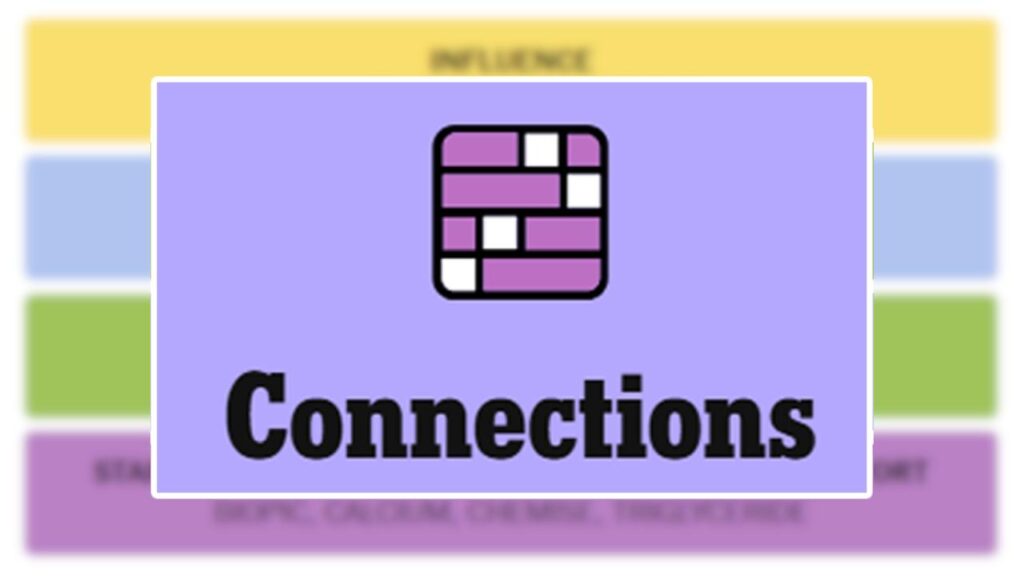
In today’s challenging edition of the New York Times’ popular puzzle game Connections, players are tasked with deciphering a complex web of words. As of Sunday, August 10, the puzzle presents a new set of clues and categories, offering both intrigue and a test of wit for enthusiasts. The game, which has become the second-most popular NYT Games puzzle after the main crossword, continues to engage and entertain with its daily brain teasers.
The goal of Connections is to identify links between four pairs of words from a group of 16. These connections can range from specific categories to more abstract word puzzles. The difficulty of the game is indicated by color tiers, progressing from yellow to blue/green, and finally to purple. Players must be strategic, as only a limited number of attempts are allowed before the game ends.
Understanding Today’s Puzzle: Hints and Strategies
For those tackling today’s puzzle, here are some helpful hints:
- Yellow Group: If you are a person of status in a group, you have this with others.
- Blue Group: Different genres novels might fall under.
- Green Group: What you’re trying to do with the words in this puzzle.
- Purple Group: The beginning of these words are the beginnings of other words related to education.
These clues are designed to guide players without giving away the answers outright. However, for those seeking a deeper understanding or a quick solution, the full answers are provided below.
Today’s Connections Answers: Solving the Puzzle
For those ready to dive into the answers, here they are:
- Yellow Group: Juice, Pull, Sway, Weight
- Blue Group: Fan, Historical, Pulp, Science
- Green Group: Cluster, Collect, Concentrate, Group
- Purple Group: BIOpic, CALCium, CHEMise, TRIGlyceride
The yellow group revolves around the concept of influence, where each word represents a form of power or sway. The blue group categorizes different kinds of fiction, making it a relatively straightforward puzzle for literature enthusiasts. The green group involves words associated with amassing or gathering, while the purple group cleverly links words that begin with abbreviations for math and science classes.
The Popularity and Appeal of NYT’s Connections
The New York Times’ Connections has quickly become a favorite among puzzle lovers, thanks to its engaging format and the mental challenge it provides. The game not only tests vocabulary but also encourages lateral thinking and pattern recognition. According to experts, puzzles like Connections are beneficial for cognitive health, offering a fun way to keep the brain active.
“Games like Connections stimulate the brain by requiring players to recognize patterns and think critically, which can help maintain cognitive function over time,” says Dr. Emily Carter, a cognitive psychologist.
As the game continues to grow in popularity, it reflects a broader trend of puzzle games gaining traction in the digital age. With the rise of mobile gaming and online platforms, traditional puzzles have found a new audience, blending classic formats with modern technology.
Looking Ahead: The Future of Puzzle Games
As Connections and other similar games continue to captivate audiences, the future looks bright for digital puzzles. The New York Times, known for its iconic crossword, has successfully expanded its gaming portfolio, attracting a diverse range of players. This trend is likely to continue, with more innovative and challenging puzzles on the horizon.
For those eager to explore more puzzles, the NYT Games subscription offers access to a full archive of past puzzles, providing endless opportunities for mental exercise and entertainment. As players await the next challenge, today’s puzzle serves as a reminder of the joy and satisfaction that comes from solving a well-crafted puzzle.






